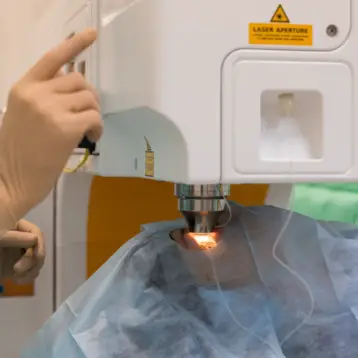Fujitsu recently started testing a novel medical technology in the Japanese market. The system, known as medical body area network, is essentially a dedicated wireless network for hospitals and clinics which was developed to allow medical sensors to communicate wirelessly with electronic charts which log patients vital signs and other measurements.
Anybody who ever visited a hospital can see patients connected to various sensors including heart, brain waves, blood pressure and body temperature. These devices are often uncomfortable for the patient and required nurses and sometimes doctors to supervise and take notes every so often.
–
–
Another serious problem with the existing method is that in most hospitals, patients charts are kept on paper. Each time a nurse or a doctor come into a patients room they check and measure different vital signs and write them down. If a chart gets lost, all the information on a patient gets lost with it.
–
–
For this purpose many hospitals have started to test virtual charts systems using tablets, however these systems still require a nurse or a doctor to manually enter the data each time. Fujitsu’s new medical body area network (mBAN) takes this concept one step further by creating a standard protocol for automatically sending data from medical sensors attached to a patient wirelessly to a dedicated virtual charting system.
–
–
The mBAN has several distinct advantages. Unlike a physical chart it can’t get lost (although like any other private information database it will require a built in high level of security and redundancy), it can be accessed by doctors all around the hospital (and theoretically even outside) at any time, and by removing the wires it helps the patient feel less restricted. Also important is the fact that it eliminates the need for nurses and doctors to take measurements every few hours – a grueling and time consuming task for the medical stuff. Instead, measurements can be taken automatically at predetermined intervals.
–
–
The last advantage (which actually isn’t mentioned directly by Fujitsu) could be a game changer. Currently most patients (not on intensive care) get tested for measurements a few times a day (typically every few hours). For some patients this might not be enough and their status might deteriorate quickly without medical stuff noticing anything had happened until the next round of measurements. If the entire process and be performed automatically, the number of measurements could be increased significantly and a system can alert medical stuff whenever a patients measurements go beyond a predetermined limit.
–
–
The Fujitsu mBAN conforms to the IEEE 802.15.6 standards and the current test was conducted using a prototype device with a frequency band reserved for medical applications (400MHz) in a clinic in Kawasaki, Japan.
–
–
More information can be found on Fujitsu’s website.










